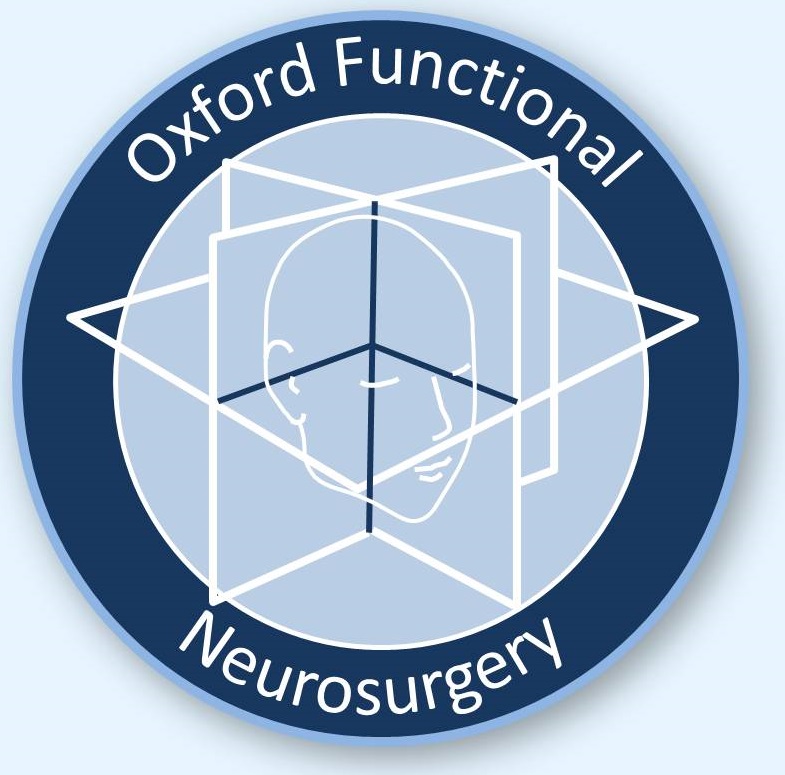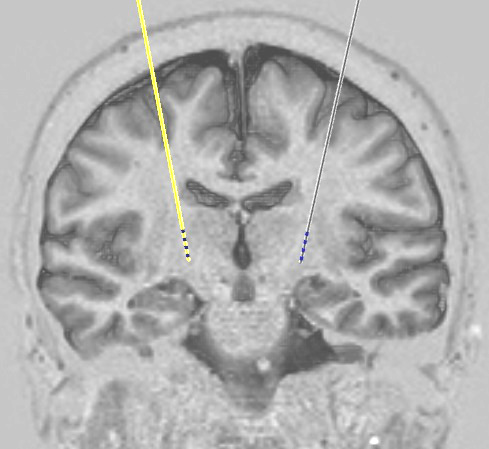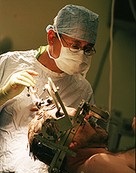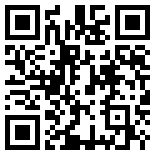Peripheral nerve stimulation
Peripheral nerve stimulation (PNS) is a treatment for severe pain in a fairly small and well defined body area. An example is pain in the groin after hernia repair. Electrodes placed under the skin are used to stimulate sensory nerves in the area which can block the pain signals or mask them with other less unpleasant feelings such as a buzzing.
What is a PNS system made up of?
The system consists of two components:
- Electrode wires that are inserted underneath the skin in the painful area
- An implanted pulse generator (IPG), which is a small box that contains a battery and circuitry to produce the stimulus current
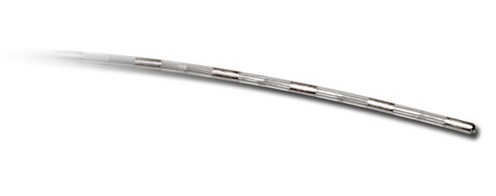 An electrode for PNS *
An electrode for PNS *The electrode
This is shaped like a straight wire. There are several electrical contacts on the shaft of the wire to deliver the electrical pulses.
The implanted pulse generator
This is commonly referred to as the 'battery' but it also contains the circuitry that produces the small electrical current that is sent to the contacts on the electrode. The IPG is implanted under the skin, most commonly either below the collar bone or on the front of the abdomen (tummy).
Two types of IPG are available:
- Rechargeable
- Non-rechargeable
For a description of the pros and cons of each type and how we choose between them, see our page on IPG types. For most patients we recommend a rechargeable IPG.
How is it implanted?
The treatment involves placing electrodes under the skin in the painful area. The operation is performed under local or general anaesthesia, depending on the area involved. A needle is passed through the skin and an electrode is passed through it to lie under the skin. If the procedure is being done under local anaesthesia with the patient awake, stimulation can be tested straight away. If a general anaesthetic is used, the lead is attached to a temporary extension that is brought out through the skin for subsequent testing with an external stimulator device on the ward.
If the testing is satisfactory (i.e. there is stimulation effect in the painful area) the system is completed by implanting the IPG and connecting the electrodes to it. We then run electrical tests on the system to make sure all the parts and connections are working properly.
After surgery
It is usually possible to go home the day after surgery. Instructions are provided for removal of stitches which can be done at the local GP practice.
Any problems
If there are any problems with a system that we have implanted, please contact us. Patients are always given the contact details of one of our specialist nurses who should be the first port of call. They are available every weekday during working hours to talk to patients, relatives, or their general practitioners. In the event of an emergency occurring out of hours, advice should be sought from the on-call neurosurgical service at the John Radcliffe Hospital in Oxford.
The commonest complication with neuromodulation systems is infection which occurs in around 1 case in 20. The most likely time for this to appear is within the first few weeks to months after implantation of a new system or replacement of an old battery or pump. If there are any concerns about the appearance of a wound or any other symptom that might suggest infection, CALL US. If you are a patient then for this specific issue please call us rather than your GP. If you are a GP then please do not attempt to treat a possible wound infection with antibiotics but call us instead.
* Image courtesy of Medtronic
Copyright OFN Wednesday, 11 February, 2015.
